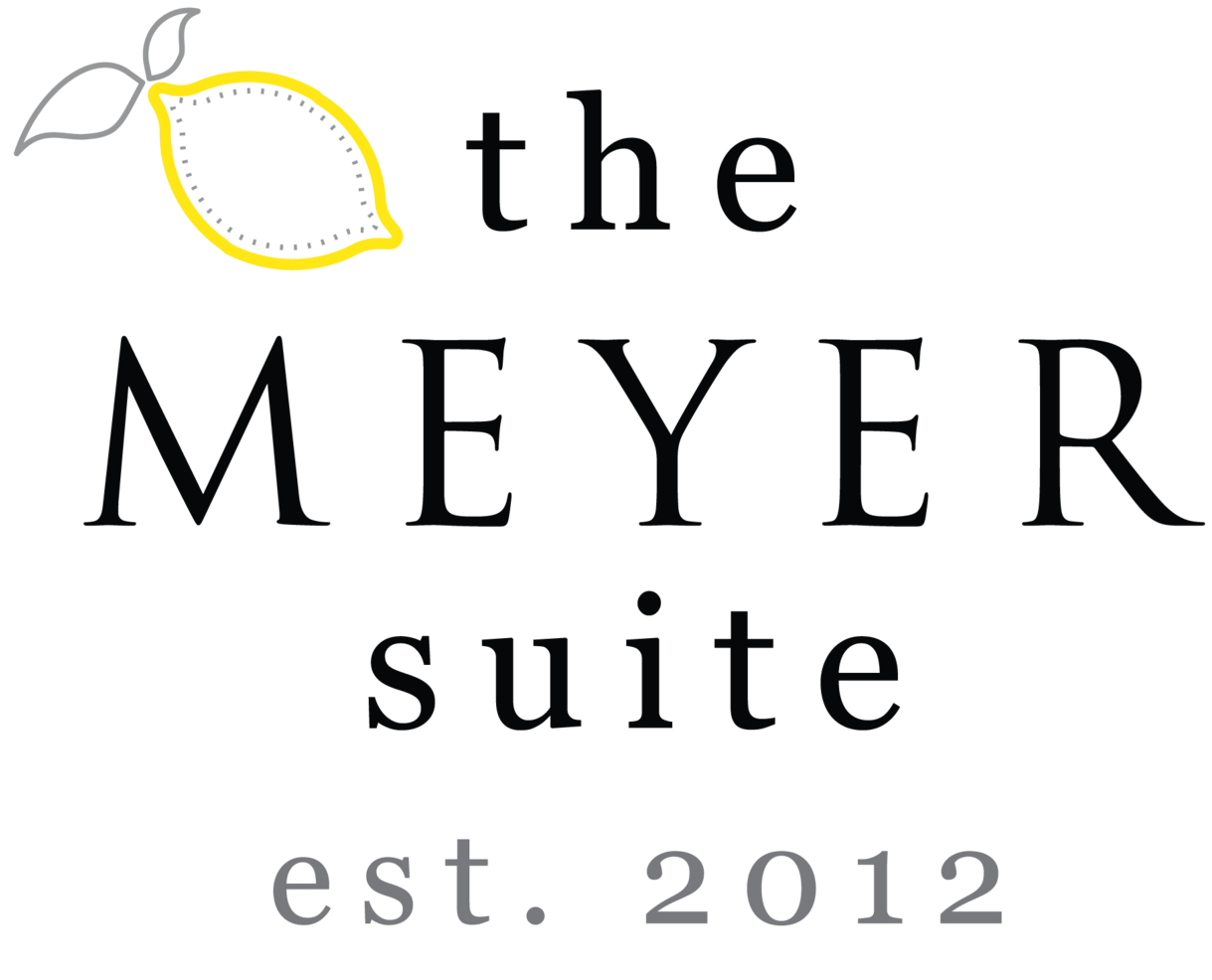You cannot go wrong with a suit jacket.
As a job-seeker, I wore a suit jacket to every single job interview. It didn’t matter if I was interviewing at a large corporation, or with a high-profile, hip celebrity, in her home at 6:00pm; to me, some ceremony is necessary when interviewing, and a suit jacket is non-negotiable. (My sister, who is in the fashion industry, did try to convince me to ditch the black J. Crew jacket when interviewing with a well-known designer, but I stuck to my guns.)
Depending on the industry you’re in, or position for which you are applying, a full-on suit may be appropriate for interviewing; if you assume “suit,” you’re probably right.
For everyone else, you’re often not quite sure what’s best. When scheduling an interview, if you’re communicating with an arranger (not the person with whom you’ll actually be meeting), you could ask for an attire recommendation.
But for in-person interviews, no matter how casual the environment and day-to-day dress code appears to be, you cannot go wrong taking it up a notch for your interviews.
In the last couple of years, there’s been a huge shift toward video interviews (I’m referring to video interviews conducted via Skype, Zoom, Bluejeans, Google Hangouts, etc.). Since I started conducting most interviews via video, it’s clear that people either don’t know how to dress for them, or believe the tech platform lends to a more casual experience. In general, I’d like to share some tips for video interviewing.
Remember, a video interview is an interview, and treating it casually is a mistake. On behalf of anyone who wants to take you seriously, and for anyone for whom you’re trying to make a good impression, following are some video interviewing tips:
Illustration by Jennifer Quick Art
DO
Dress like you would for an in-person interview, at least from the waist up. Chances are, you will sit close enough to your video camera that no one will see below your waist, but take what is visible seriously.
Think: what will the interviewer see (other than me)? And, what will the interviewer hear (other than my voice)? If anything could be visually or audibly distracting, remove it, or chose a different spot.
That means, have a plan for the loud pets or others in your home to stay out of the screenshot and out of earshot
Keep your camera still. If you cannot conduct your interview in front of an immobile screen, at least set your laptop, tablet, or phone on a stable surface that will not move while you’re talking.
Test your connection in advance; make sure your internet/wifi connection is strong!
Need a quiet space for your video interview? If you don’t have an ideal spot in your own home, some alternatives:
- – Reserve a room at a local library
- – Reserve a private meeting room at your office, but ensure no one will interrupt you or hear your conversation.
- – A room in a friend’s house that is quieter than any room in your own house
- – As a last-resort, sit in your car. (I do recommend telling your interviewer in advance that you will be sitting in your car, just so the person is not surprised)
DO NOT
Don’t wear overly casual clothes, especially if you’re doing the interview from home
Don’t admit that you are unfamiliar with the technology or platform that you’re being asked to use for the interview
And don’t ask the interviewer to consider a different way of interviewing you if s/he has requested a video interview. There is a reason why the interviewer is conducting the interview this way, and respect that.
Don’t think of an e-interview as informal. If you’ve been asked to interview, whether via video or in-person, it’s considered serious from the interviewer’s perspective.
A video interview is likely the first time the interviewer will see you. It is within your control to limit the visual noise (and actual noise) that will cloud how that person sees you and considers you for a job. Take it all seriously!
-Elizabeth
—Once, a job-seeker, who had asked to do the interview post-work, admitted that she’d be drinking her large glass of wine while we talked because it had been “one of those days.” (I went ahead with the interview, but made a note about this, and she has not been recommended to clients for consideration.)
—A man was standing on a subway platform, holding a phone in front of his face, “hoping it would be okay with me that we do the interview while he was commuting home.” (I told him that I was not okay with that, and did not conduct the interview.)

